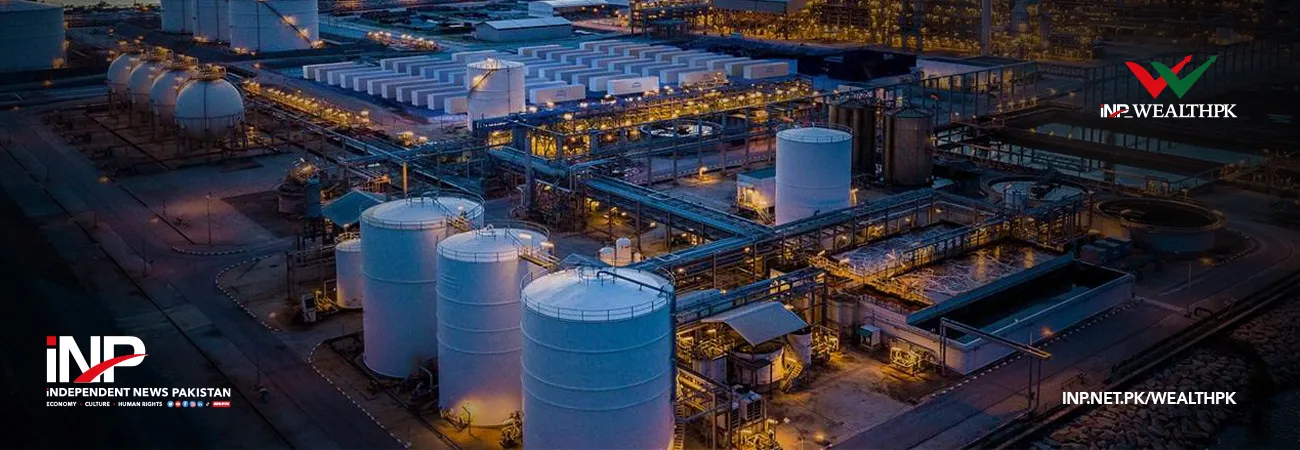INP-WealthPk
Ahmed Khan Malik
The Sindh government has planned to introduce a set of measures and initiatives in the upcoming budget to promote the growth of the provincial economy for employment and income generation, reports WealthPK. Sindh’s economy has grown steadily in recent years, reducing poverty significantly; however, a lot of work still has to be done to ensure sustained economic growth, according to documents related to the next budget, available with WealthPK. While long-term growth has been below the par, Sindh has considerable potential to revitalize and enhance it over the next 10 to 15 years, driven in part by the increased global trade and trade with the rest of Pakistan. Sindh’s young and growing workforce, its strategic location, abundant natural resources and vibrant business community could transform the province into a powerhouse of Pakistan’s economic growth if coupled with the right policies. The province’s inherent advantages also include the city of Karachi, a gateway to foreign markets and a potential source of agglomeration economies.
To realize the latent potential of the provincial economy over the next decade, this strategy makes a case for creation of more and better jobs across Sindh through the private sector growth, Mustafa Chandio, Director of Finance, told WealthPK. He said the particular importance of enhancing job opportunities was highlighted by the increasing working-age population in Sindh. Without sustained job creation, particularly among the young women, the coming decade in Sindh will be characterized by unfulfilled potential, he said. However, Sindh has failed to leverage productivity growth as an engine of economic growth and job creation. Labor productivity in the agriculture sector has remained low and steady in Sindh over the past decade. The manufacturing and services sectors present an even starker picture; labor productivity in these two sectors has declined over the past three years after rising for most of the past decade.
The declining labor productivity in the province is partly being driven by low rates of investment in human and physical capital. Sindh has been a victim of some serious crises in the last few years. The Covid pandemic hit the province hard, as its biggest economic hub Karachi was shut down, with the businesses suffering and giving birth to unemployment. While the province was still recovering from the adverse Covid impacts, devastating floods in 2022 shattered its rural economy, affecting hundreds of thousands of acres of agricultural lands. The provincial government plans to table the budget after the federal government. The provincial economy consists of industrial, agricultural and services sectors. All these sectors badly need the provincial government’s intervention after the high cost of production pushed them to the corner.
Credit: INP-WealthPk













